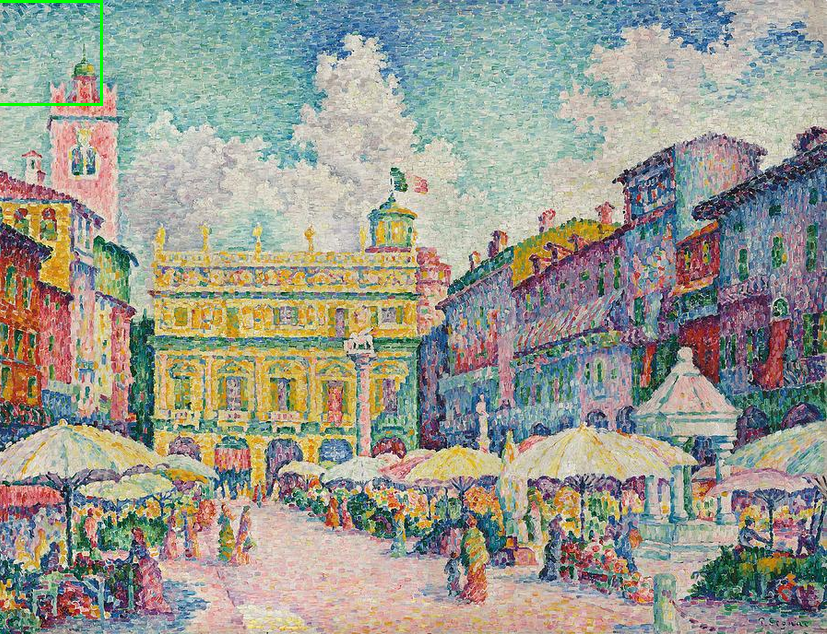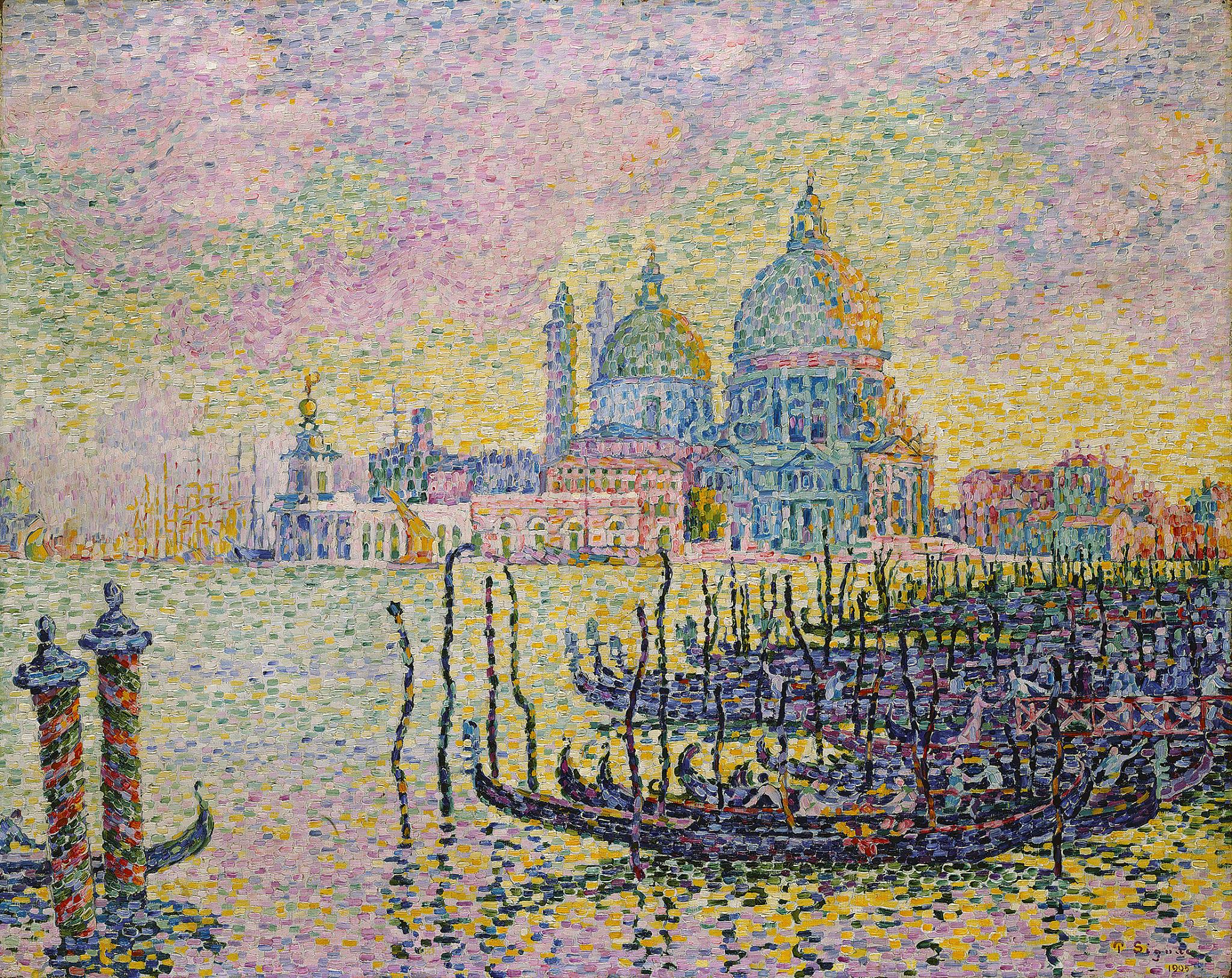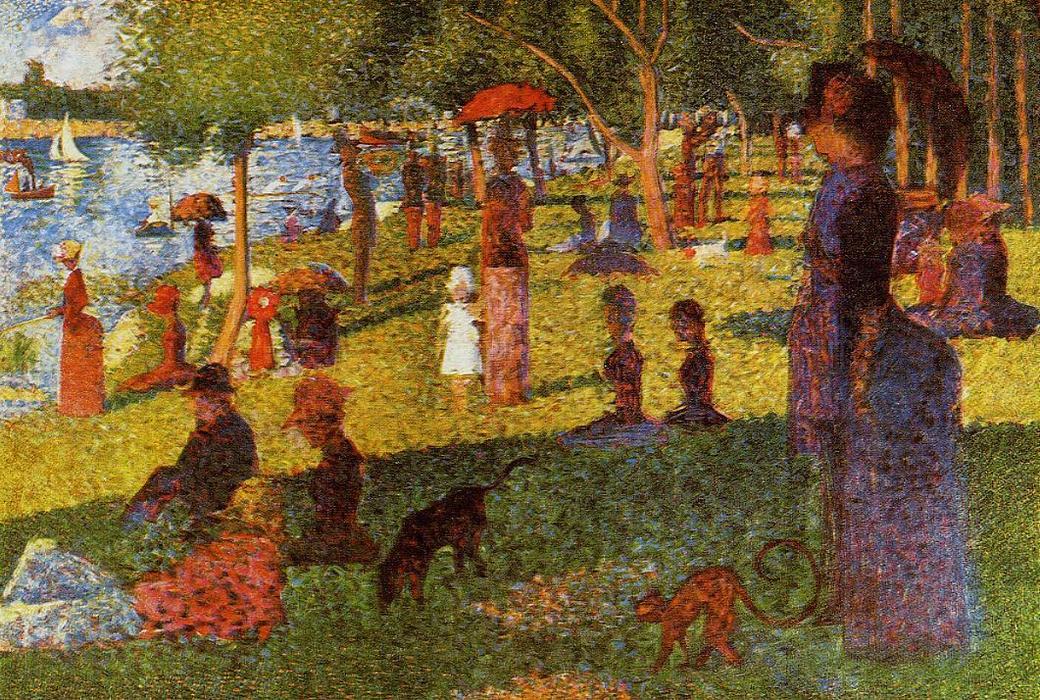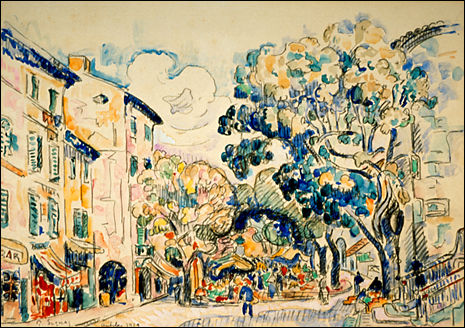French artist Paul Signac is famous for his Pointillist painting style and for his friendship with his fellow Neo-Impressionist Georges Seurat.

Synopsis
French artist Paul Signac was born in Paris on November 11, 1863. He began his artistic career in 1880 after viewing an exhibition of Monet's work. A friendship with Neo-Impressionist painter Georges Seurat led him to adopt the new Divisionist style in such works as "The Dining Room," "Women at the Well" and many seascapes of the French coast. Signac was committed to anarchist politics and was a mentor to younger avant-garde artists, including Henri Matisse. He died in Paris on August 15, 1935.
 Early Life and Artistic Influences
Early Life and Artistic Influences
Paul Signac was born in Paris, France, on November 11, 1863. His family, who were prosperous shopkeepers, encouraged him to study architecture. However, his early interest in painting continued into his young adulthood, and he left school in 1880 after seeing an exhibition of Claude Monet's work.
Dedicating himself to an artistic career, Signac took lessons with artist Emile Bin in the bohemian Paris neighborhood of Montmartre. His first painting was dated 1881. His early works were colorful landscapes of the Paris suburbs, painted outdoors; they showed the influence of Monet, Sisley and other Impressionist artists.

Neo-Impressionism and Friendship With Seurat
Signac's career took a turning point in 1884, when he met artist Georges Seurat. He greatly admired Seurat's painting "Bathers at Asnières" (1884), and began to share Seurat's interest in new painting methods that advanced the principles of Impressionism.
Signac shared Seurat's interest in the science behind color and perception, and he worked with Seurat to refine a painting style that used optical effects. Both artists painted with a method that came to be called Divisionism or Pointillism: They applied small dabs of intense color closely together on the canvas, using contrasting shades that appeared to merge and shimmer when viewed from a distance.
Two of Signac's most significant paintings in the Divisionist style are "The Dining Room" (1886-87) and his portrait of Félix Fénéon (1890), which placed the art critic and dealer against an abstract background of swirling patterns.
From 1884 to 1895, Signac was included in the annual group exhibition of the Salon des Artistes Indépendants. In 1886, he showed his work in the last Impressionist exhibition, alongside works by Edgar Degas, Paul Gauguin, Camille Pissarro and close friend Seurat. He made another important friendship around this same time, with Post-Impressionist artist Vincent van Gogh.

Writing and Travels
Beginning in the 1890s, Signac wrote articles on art. He also wrote the bookFrom Delacroix to Neo-Impressionism (1899), a treatise on Neo-Impressionism that placed the movement in a historical context.
Signac was an avid sailor and enjoyed travel. He spent summers in various parts of France, from Brittany to the Mediterranean Coast. He also made trips to Switzerland, Italy and the Netherlands. In 1891, saddened by the death of Seurat, Signac left Paris, moving to Saint-Tropez on the French Riviera.
Signac continued to paint in a Pointillist or Divisionist style in works like "Women at the Well" (1892). He also began adding musical terms to his titles, as if to show the connection between painting and music; one example is the seascape "Evening Calm, Concarneau, Opus 220 (Allegro Maestoso)" from 1891.
Signac was also committed to radical politics in pursuit of a more democratic future, and like many artists of his generation, he joined the anarchist movement. His painting "The Wreckers" (1897-99), showing a laborer working with a pickaxe, may refer to his wish to destroy older ways of life in order to establish better societal conditions. (biography.com)


